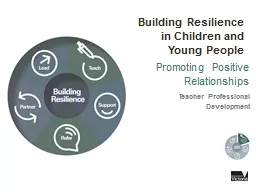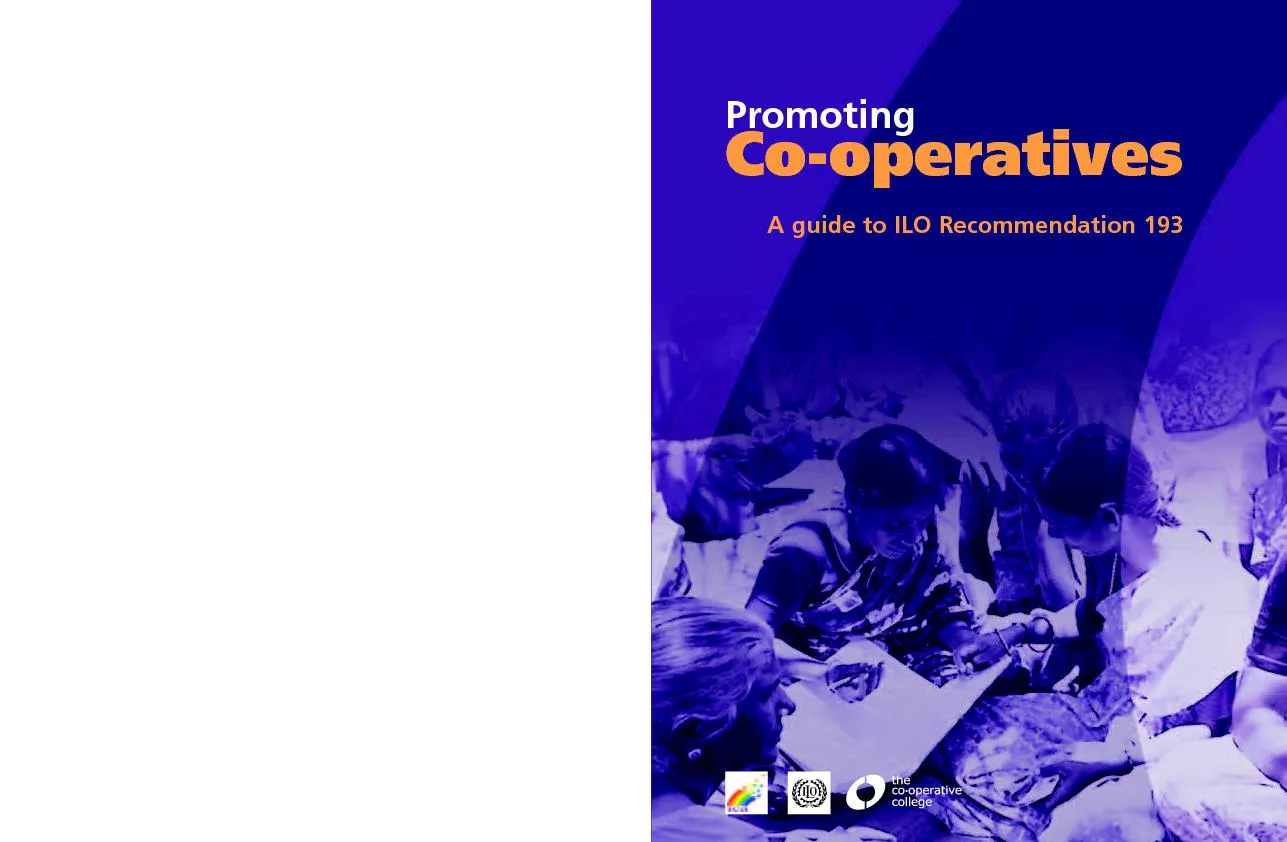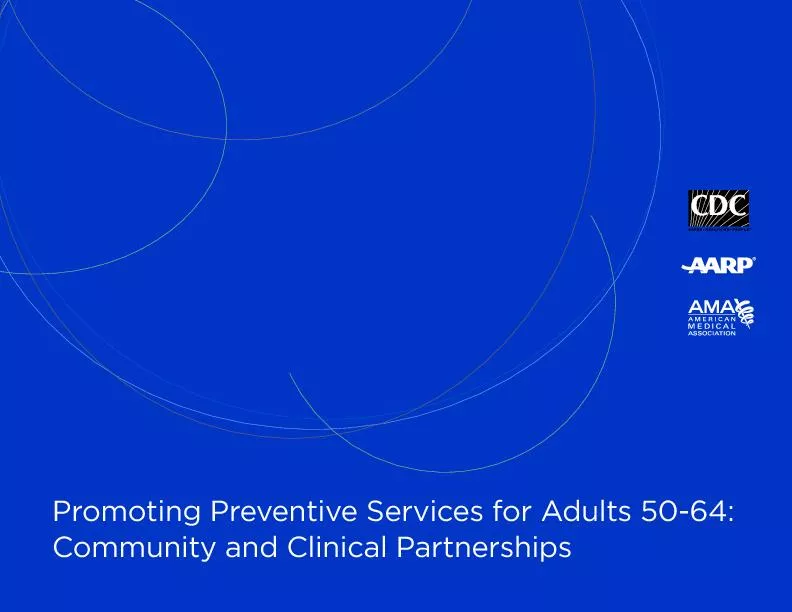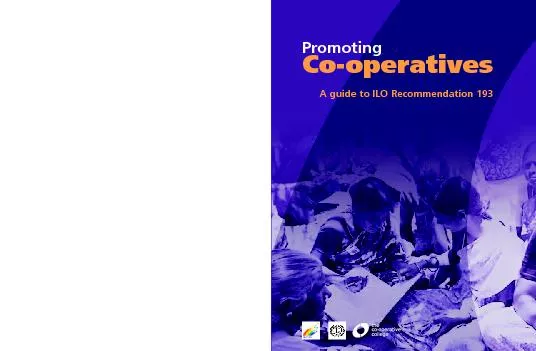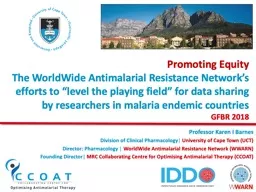PPT-Promoting Underrepresented
Author : kittie-lecroy | Published Date : 2018-12-15
Minorities in Academic STEM PUMASTEM Concordia University Chicago Dominican University Elmhurst University Hooke College of Applied Sciences Oak Park River Forest
Presentation Embed Code
Download Presentation
Download Presentation The PPT/PDF document "Promoting Underrepresented" is the property of its rightful owner. Permission is granted to download and print the materials on this website for personal, non-commercial use only, and to display it on your personal computer provided you do not modify the materials and that you retain all copyright notices contained in the materials. By downloading content from our website, you accept the terms of this agreement.
Promoting Underrepresented: Transcript
Download Rules Of Document
"Promoting Underrepresented"The content belongs to its owner. You may download and print it for personal use, without modification, and keep all copyright notices. By downloading, you agree to these terms.
Related Documents





